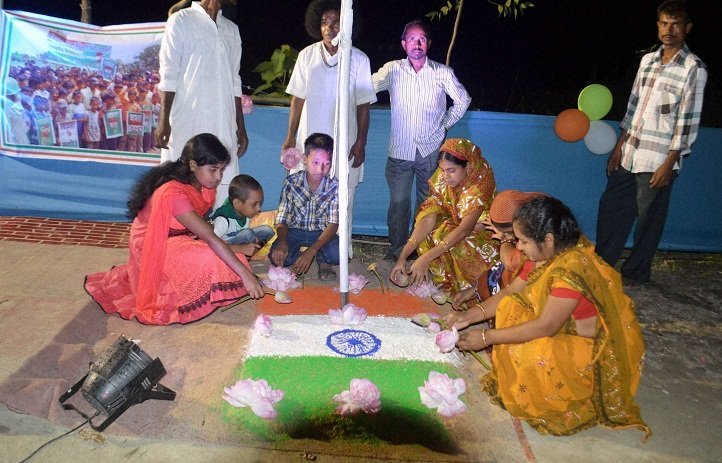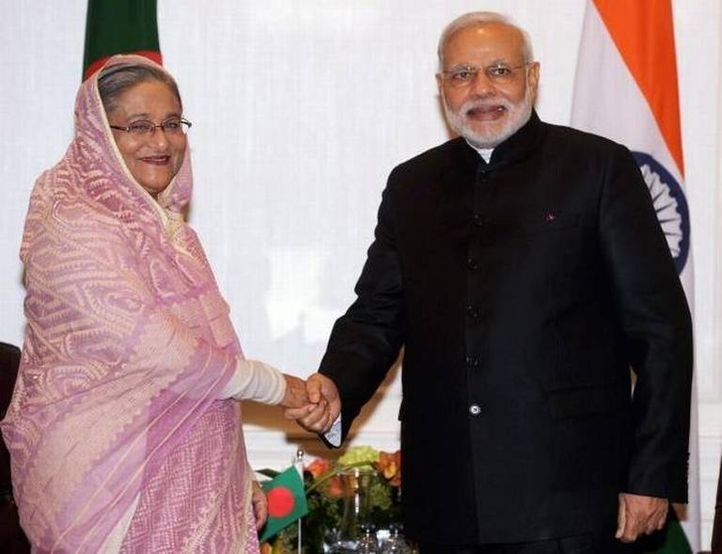Jubilant crowds celebrated as Bangladesh and India swapped tiny islands of land, ending one of the world’s most intractable border disputes that has kept thousands in stateless limbo for nearly seven decades.
As the clock struck one minute past midnight, thousands of people who have been living without schools, clinics or power for a generation erupted in cheers in celebration at their newfound citizenship.

“We have been in dark for 68 years,” said Russel Khandaker, 20, as he danced with friends in the Dashiar Chhara enclave, which belonged to India but has now became part of Bangladesh.
A total of 162 tiny enclaves, 111 in Bangladesh and 51 in India — were officially handed over to the countries surrounding them after Dhaka and New Delhi struck a border agreement in June.
The land-swap means some 50,000 people who have been living without a state to call their own since 1947 will now officially become part of the countries that surround their homes.
In Bangladesh, thousands of people defied monsoon rains to celebrate, staging patriotic marches and lighting 68 candles to mark the end of 68 years of endless pain and indignity.
“We were Indian citizens in names but cut off from the mainland. With the transfer, we’ve now become Bangladeshi citizens and can now access all citizenship benefits, we have finally seen the light,” said Khandaker. Maidul Islam, 18, added, “We are now human being with full human rights.”
The enclaves date back to ownership arrangements made centuries ago between local princes. Local legends say the enclaves were the result of an 18th-century chess games by two competing princes.

The parcels of land survived partition of the subcontinent in 1947 after British rule and Bangladesh’s 1971 war of independence with Pakistan. Bangladesh endorsed a deal with India in 1974 in a bid to dissolve the pockets, but a souring of ties in the next few decades meant India only signed a final agreement in June during a visit to Dhaka by premier Narendra Modi, keen to strengthen regional ties.

















